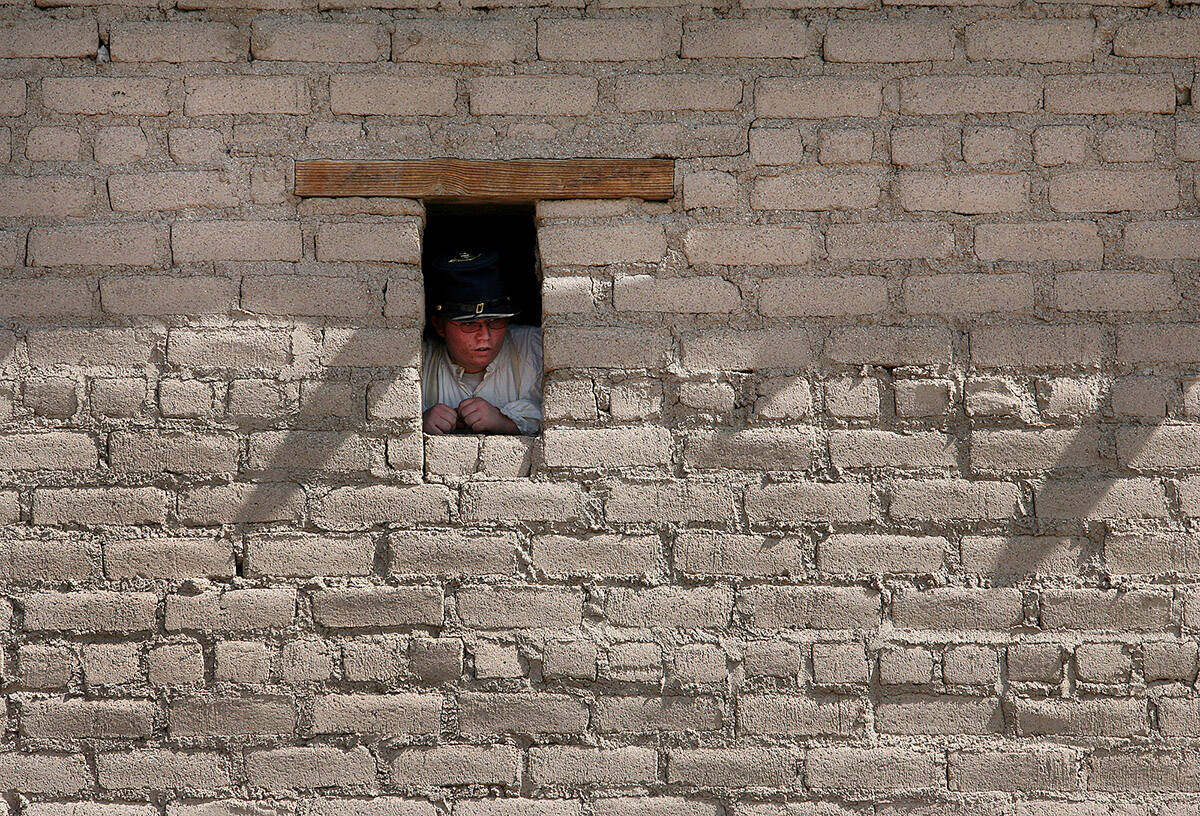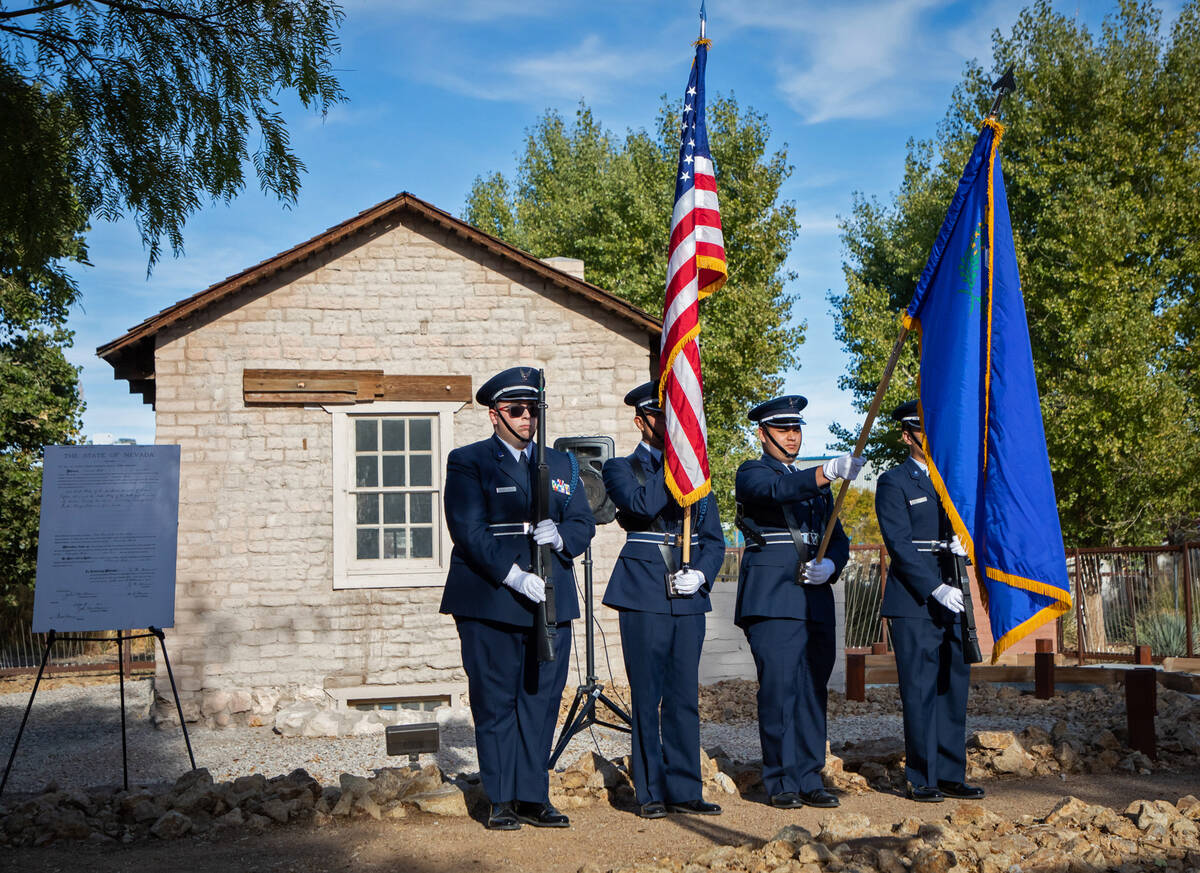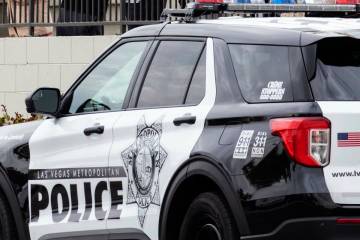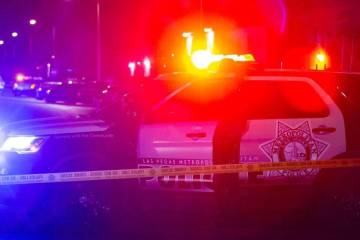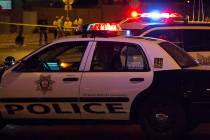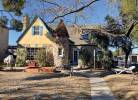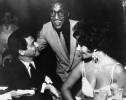Which Las Vegas buildings are national historic places?
There are no Independence or Faneuil halls in Las Vegas.
But the desert city, just over 100 years old, has nearly a dozen of its buildings listed on the National Register of Historic Places.
Here are some historic buildings that tell the story of Las Vegas’ past:
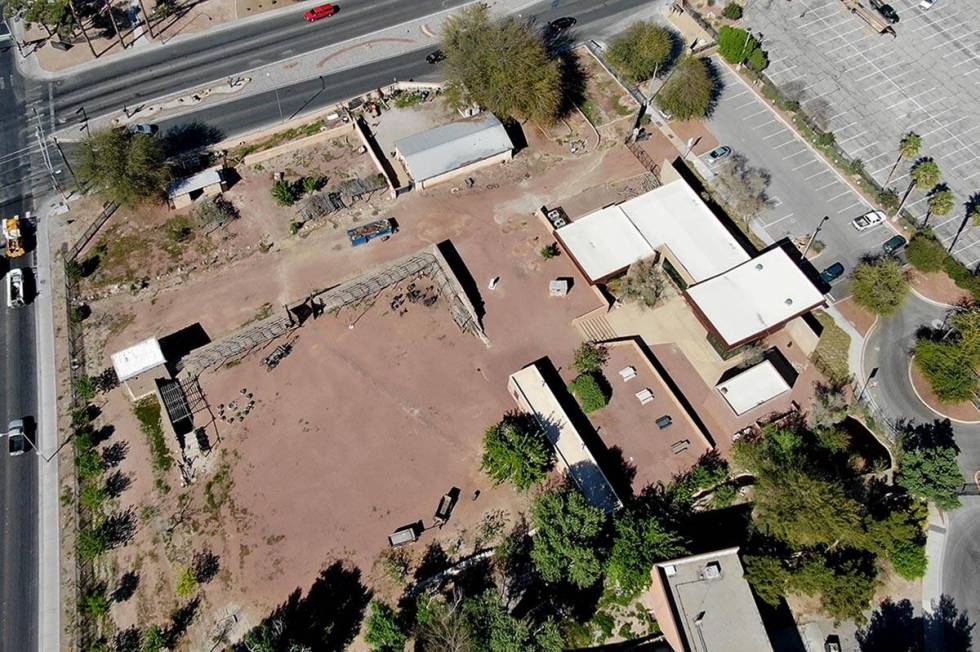
Las Vegas Mormon Fort
Constructed: 1855
Added to registry: 1972
Address: 500 E. Washington Ave.
The Las Vegas Mormon Fort is the first non-native building in Las Vegas, and is also a state park.
Located at Las Vegas Boulevard and Washington Avenue, the adobe fort served as the site of the Church of Jesus Christ of Latter-day Saints’ Las Vegas Mission. Its goal was to grow crops, help church members find homes in the Las Vegas Valley, and establish a stop for travelers on the Mormon Trail between San Bernardino, California, and Salt Lake City, National Archive records state.
The fort later became the Las Vegas Ranch, and was ran by several settlers, including Helen Stewart, often referred to as “The First Lady of Las Vegas,” who took over the ranch after her husband died in a gunfight at Kiel Ranch.
Stewart hosted travelers for several decades at the ranch before selling much of its land to the San Pedro, Los Angeles and Salt Lake Railroad in 1903. Two years later, that land was auctioned off by the railroad to create current-day downtown Las Vegas.
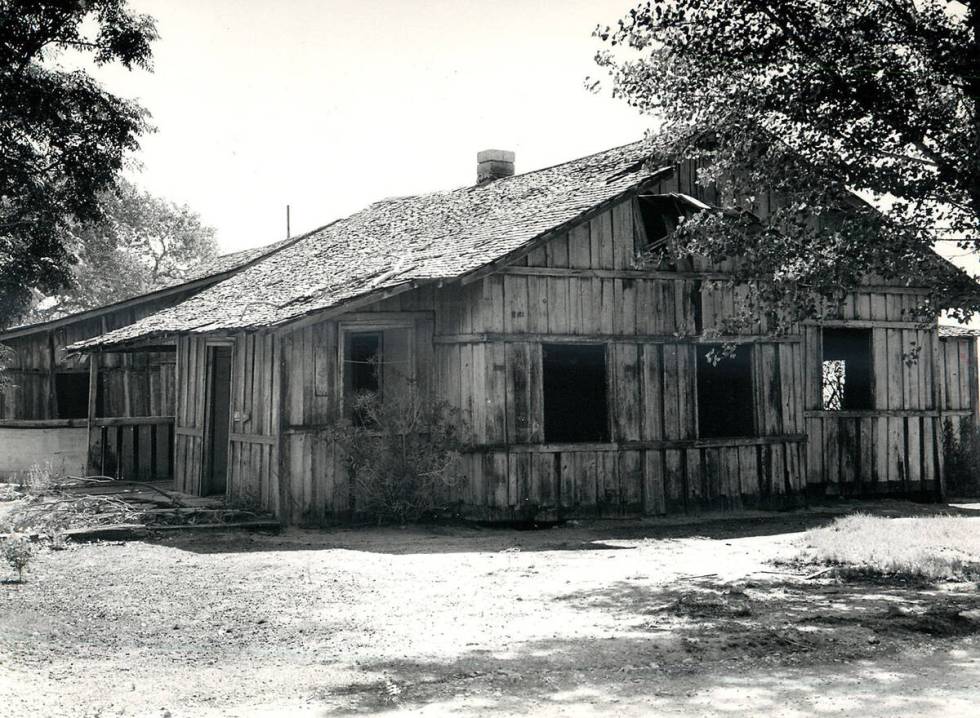
Kiel Ranch (or Kyle Ranch)
Constructed: 1855
Added to registry: 1975
Address: 2465 Kiel Way, North Las Vegas (near Losee and Carey roads)
Kiel Ranch was another early outpost for early Latter-day Saint settlers.
Records from early settlers said Kiel Ranch was developed with the help of local indigenous people.
After the church’s mission was abandoned, Conrad Kyle (or Kiel) and his sons Edwin and Joseph occupied the ranch, and established a trading post where travelers could stay. The ranch also provided supplies for nearby mining camps, according to National Archive records.
The ranch went on to have several different owners up to the 1960s, including Sen. William Clark (the namesake of Clark County) who bought the ranch in 1903.
In 1975, the North Las Vegas Bicentennial Committee purchased the ranch and transformed it into the historic site it is today.
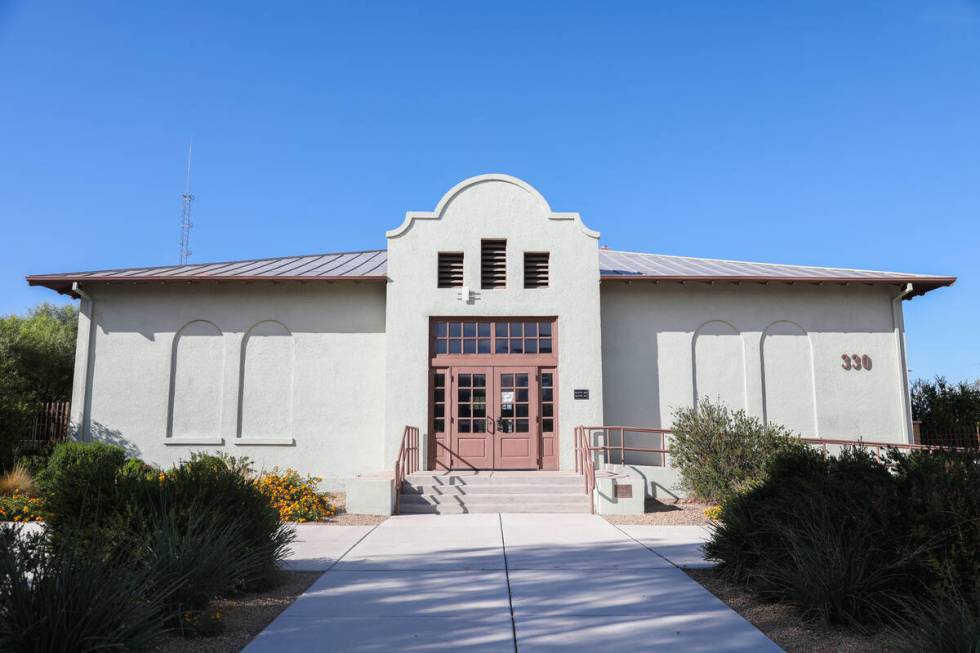
Historic Westside School (originally Las Vegas Grammar School)
Constructed: 1922-1928
Added to registry: 1978
Address: 330 W. Washington Ave.
The Historic Westside School is the oldest remaining schoolhouse in Las Vegas.
Its historic places nomination form states that the first rooms built contained only first and second grades, and two other rooms added in 1928 held third and fourth grades.
The school first taught white, Paiute and Latino students, and later enrolled Black students in integrated classrooms in 1926.
The old school today holds the KCEP radio station, a technology training center and a small business support center, with a workforce training center on the way.
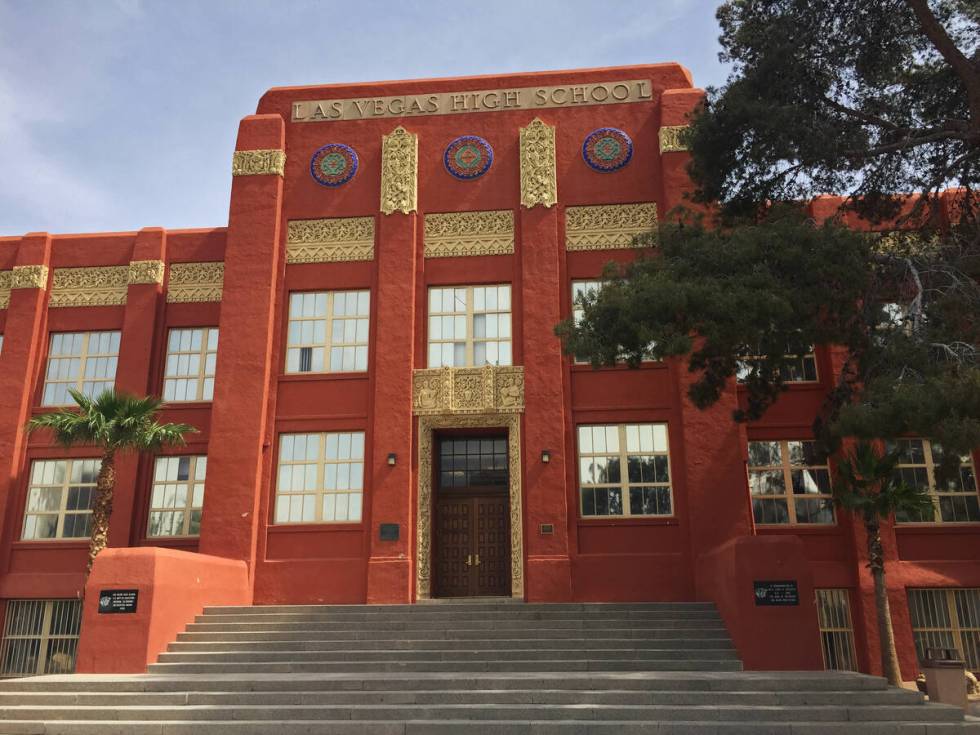
Las Vegas Academy of the Arts (then Las Vegas High School)
Constructed: 1931
Added to registry: 1986
Address: 315 S. 7th St
The school’s administration building and gymnasium were added to the historic places registry due to their architectural significance and the school’s status as the first high school built in Las Vegas.
The buildings are constructed in an Art Deco style, and are two of the few remaining Art Deco-style buildings that remain in Las Vegas from the ‘30s, along with the U.S. Post Office and Courthouse, architectural historian Kathryn Kuranda wrote.
Maude Frazier, who served as superintendent of Las Vegas Union School District (now Clark County School District) worked to pass a $350,000 bond issue in 1930 to build the high school for Las Vegas’ booming population. Frazier also worked to gather funding for the college that would become UNLV.
Frazier Hall and the rest of the school’s campus were added to the register listing in 2021, according to the City of Las Vegas.
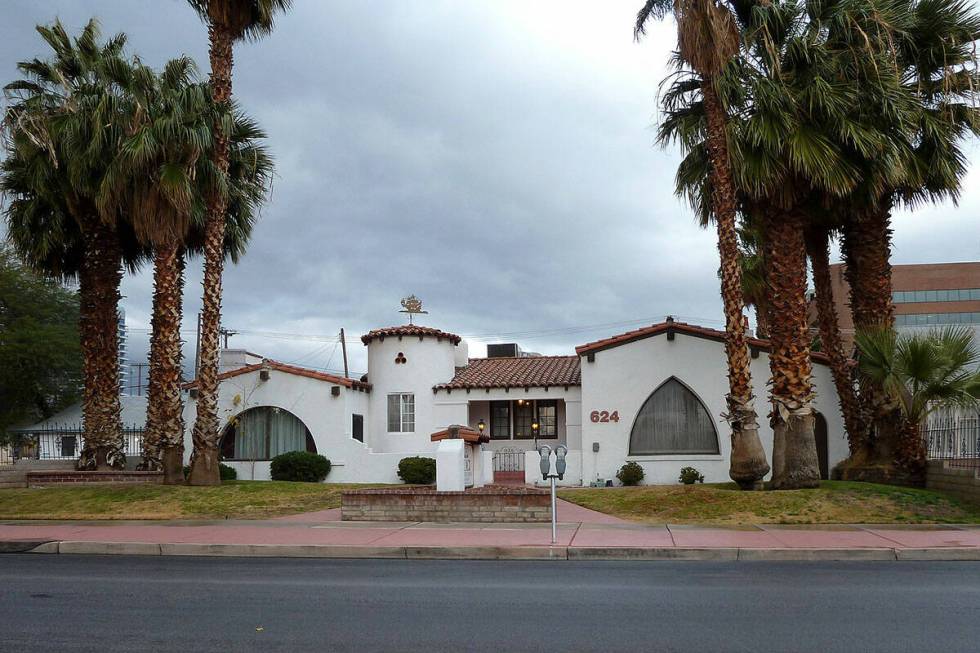
Jay Dayton Smith House
Constructed: 1932
Added to registry: 1987
Address: 624 S. 6th Street
This was once one of the most elaborate homes in Las Vegas in the 1930s.
The building was recognized by the national registry for being a “substantial” example of the Spanish Colonial Revival style of architecture in Las Vegas, which was popular during the decade.
The home is now used as a law office.
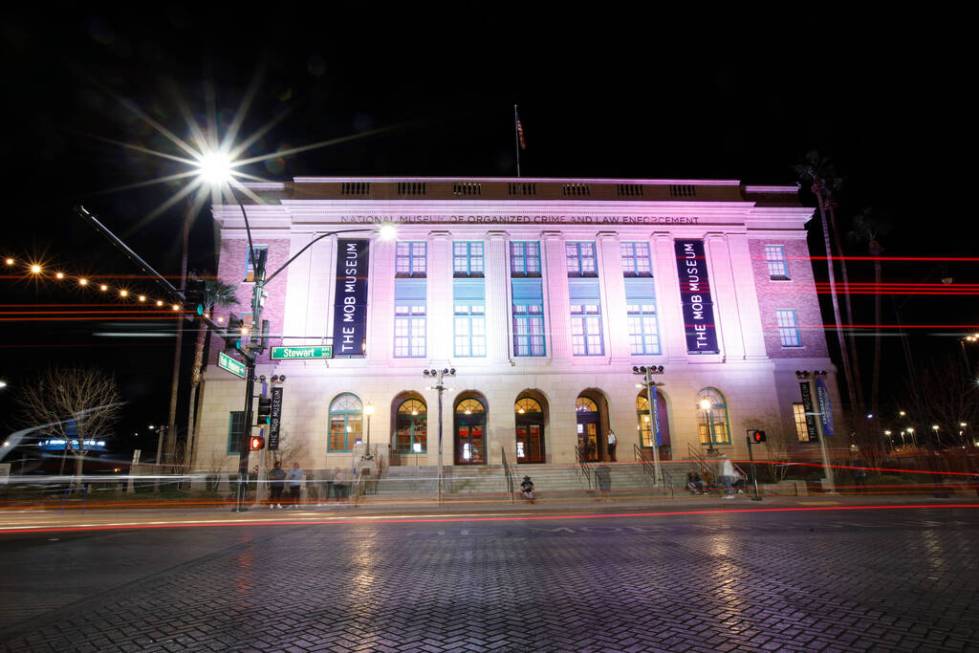
Mob Museum (Originally U.S. Post Office and Courthouse)
Constructed: 1933
Added to registry: 1983
Address: 300 Stewart Ave.
The National Museum of Organized Crime and Law Enforcement, known as the Mob Museum, opened in 2012, but in the 1950s, it was where casino managers with mob ties were brought to answer questions about organized crime in Sin City.
The post office and courthouse was also the first federal building built in Las Vegas, and called “the most refined of Las Vegas’ Depression-era architecture” in its National Register of Historic Places nomination form.
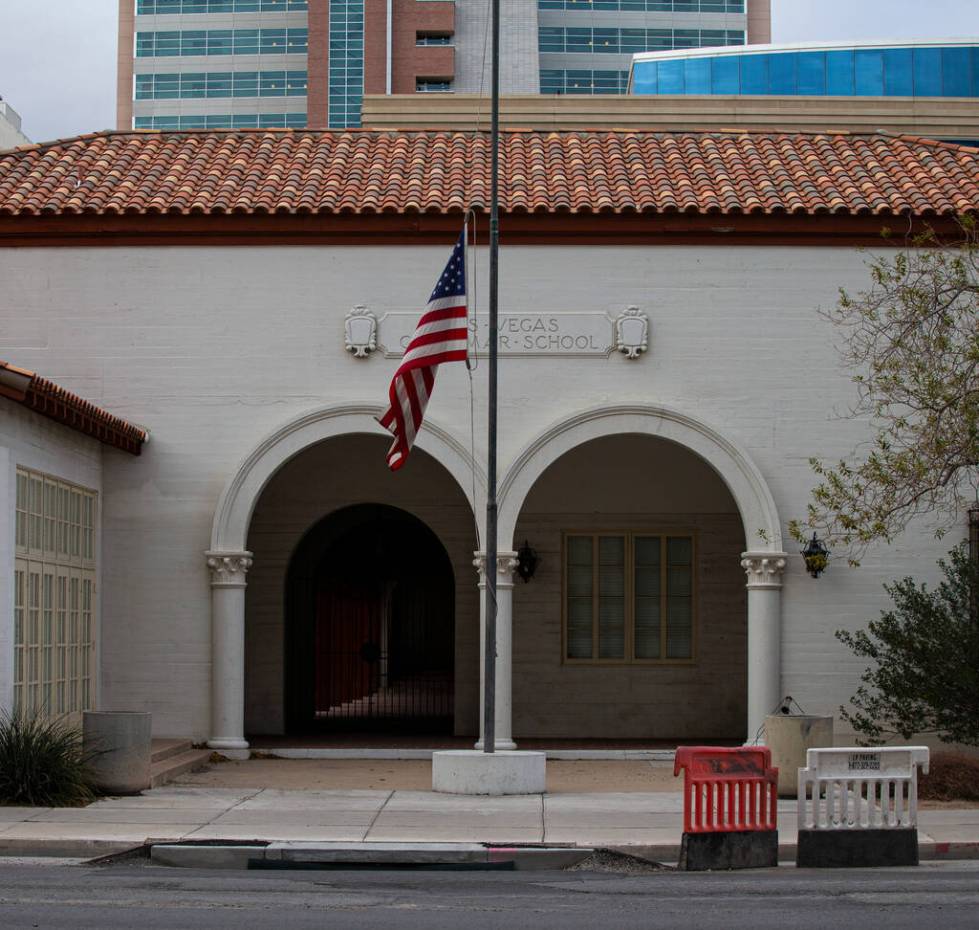
Historic Fifth Street School (Originally Las Vegas Grammar School)
Constructed: 1936
Added to Registry: 1988
Address: 401 S. 4th St.
The Las Vegas Grammar School was one of the major construction projects, along with the original Las Vegas High School and U.S. Post Office and Courthouse, built during Las Vegas’ population boom in the 1930s.
The school was built with funds from New Deal agencies to support Vegas during the construction of the Hoover Dam. The school’s name today comes from its location on Fifth Street, which was renamed to Las Vegas Boulevard in 1959, according to the city.
The building now houses the Nevada School of the Arts and the Las Vegas Book Festival.
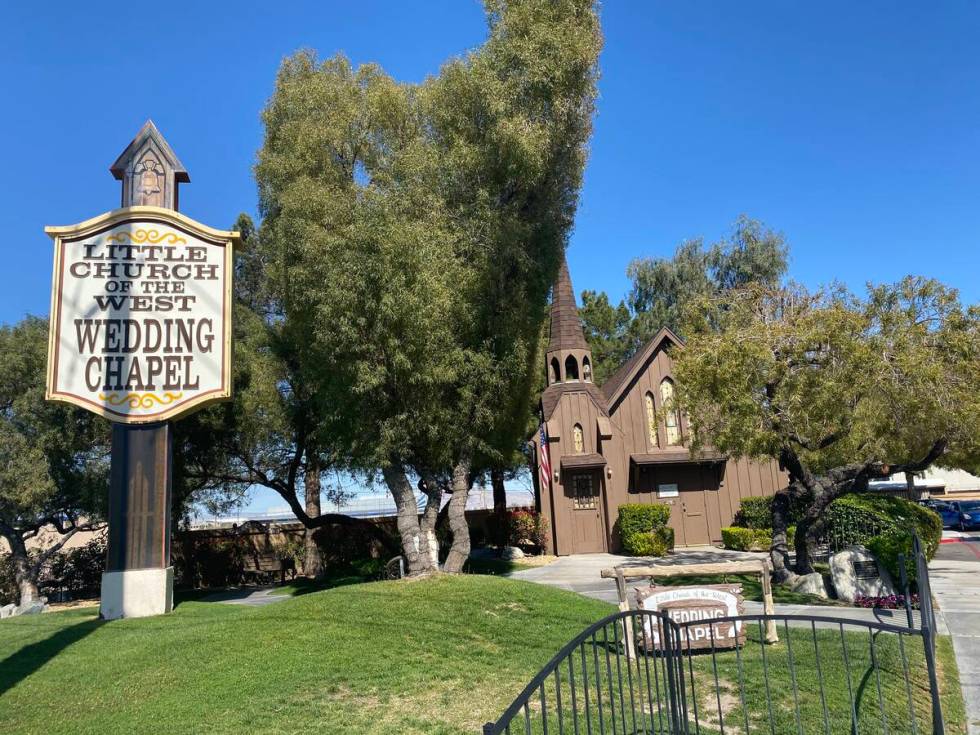
Little Church of the West
Constructed: 1941
Added to registry: 1992
Address: 4617 Las Vegas Boulevard South
Built by Last Frontier (later named New Frontier) Hotel and Casino architect William Moore to attract business to the casino, the Little Church of the West was selected as a historic place for being an “excellent expression of the history of wedding chapels and the wedding industry in Nevada,” its registry nomination form states.
The chapel was once one of the only free-standing wedding chapels on the Strip, and saw booming business during World War II when people were eager to visit Vegas to enjoy its gambling and easy, quick marriages with no waiting period or blood test required.
When the chapel first opened, a marriage license cost just $2 and the ceremony fee was $5. Today, a marriage license in Clark County costs $100 dollars more, and a quick elopement at the chapel will run you $199.
Many famous stars were married at the chapel over the past eight decades, including Judy Garland, Mickey Rooney, Zsa Zsa Gabor and Betty Grable, to name a few.
After moving locations three times since its opening, the little church now greets visitors to the Las Vegas Strip just north of the Welcome to Fabulous Las Vegas Sign — a structure also listed on the historic places registry.
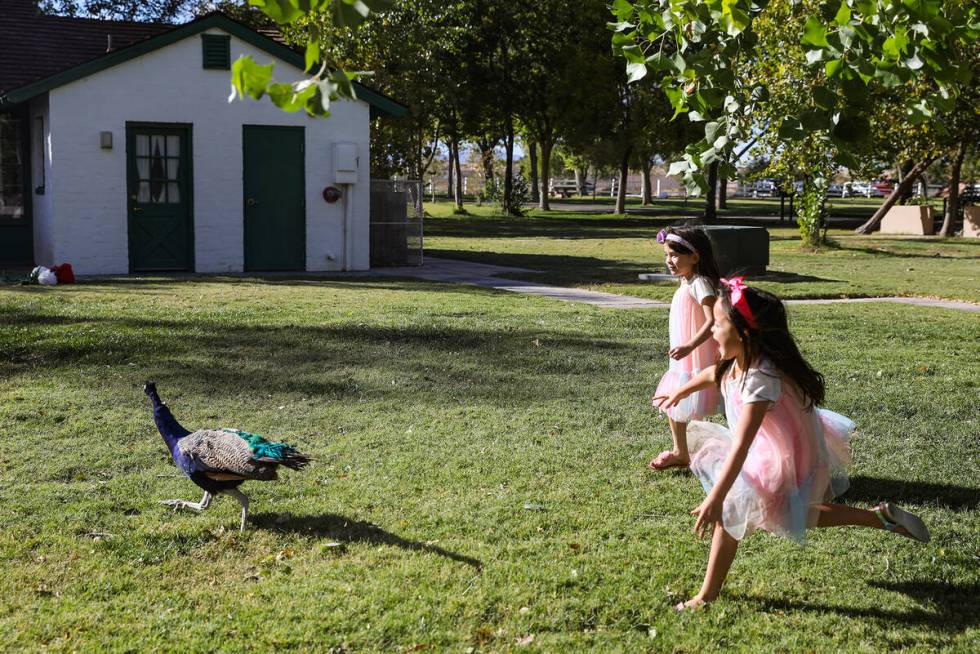
Floyd Lamb Park (originally Tule Springs Ranch)
Constructed: 23 buildings total, built in 1940s.
Added to registry: 1981
Address: 9200 Tule Springs Road
While Vegas made an industry out of getting a marriage fast, it also made an industry of getting out of one, too.
Tule Springs Ranch is one of the last historic divorce ranches remaining in Nevada, where people could stay, swim, and ride horses for six weeks while waiting to establish residency in the state before they filed for divorce and leave.
The ranch once had horse stables, a swimming pool, a bathhouse, a gazebo, a tennis court and a water tower, among other facilities. The pool has since been filled in with cement, but the stables and several other decades-old structures still stand today.
Today, the ranch is a City of Las Vegas park with no guests — with the exception of a few peacocks who roam the park’s grounds.
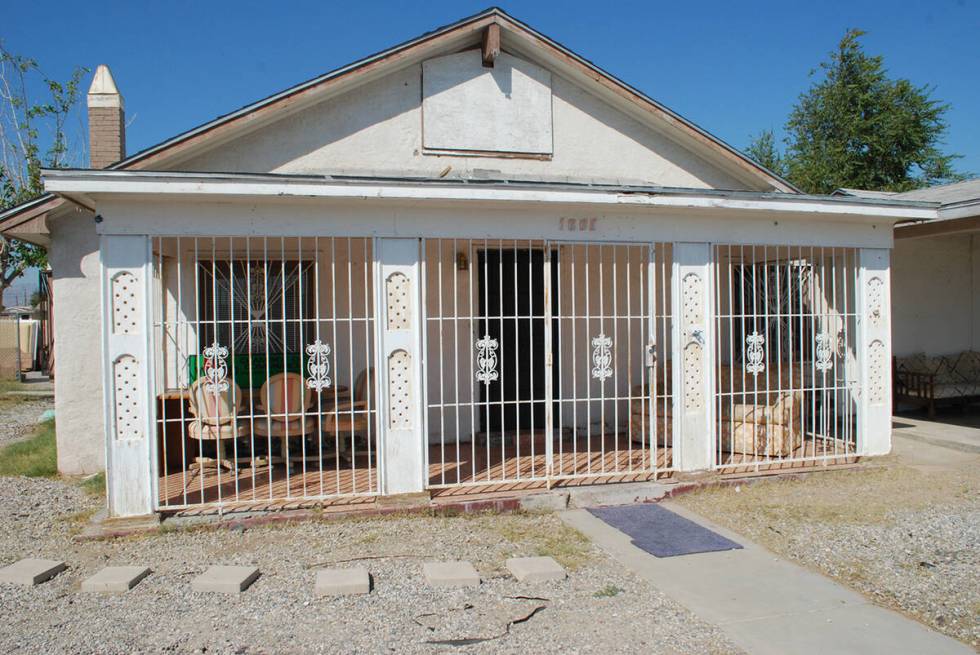
Harrison’s Guest House
Established: 1942
Added to registry: 2016
Address: 1001 F. St.
During the 1940s and 1950s when Black entertainers could perform, but not stay and sleep at Las Vegas casinos, Genevieve Harrison’s Guest House was where they would rest.
Sammy Davis Jr., Nat King Cole and Pearl Bailey are some of the home’s most famous guests. The home also hosted travelers coming to Vegas for quick divorces.
Harrison continued the guest house until her death in 1957. Her sister Agatha Wilson took over the home until 1960 when Vegas started becoming more integrated, the Review-Journal reported in 2016.
Harrison’s is believed to be the only remaining guest house in Nevada, according to the National Park Service.
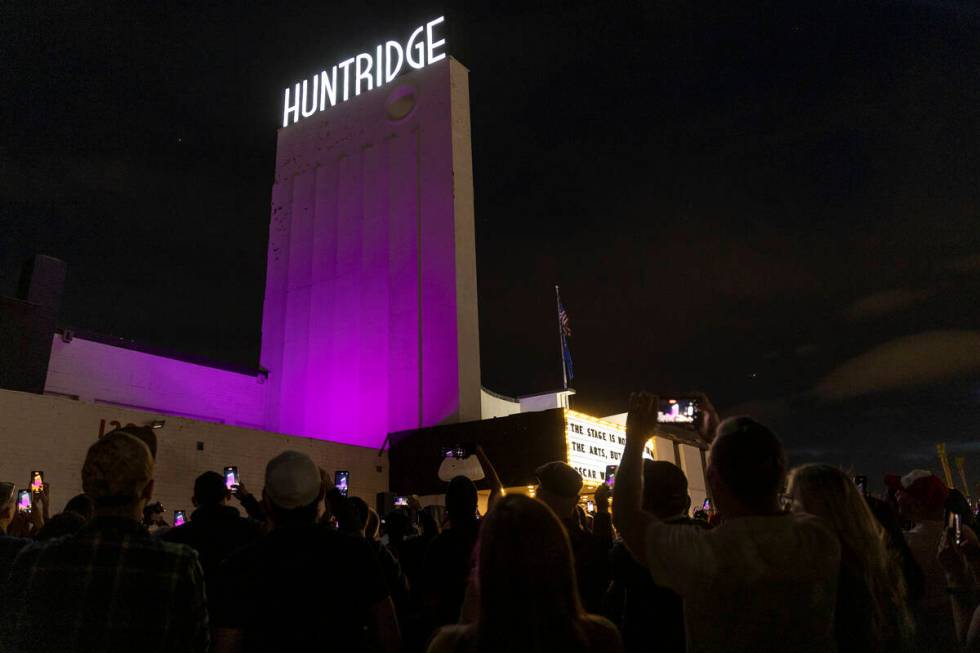
Huntridge Theater
Constructed: 1944
Added to registry: 1993
Address: 1208 E. Charleston Boulevard
The Huntridge Theater was once the oldest operating movie theater in Southern Nevada.
The theater closed in 2004 after its owners halted renovations due to rising construction costs. Developer J Dapper bought the building in 2021 for $4 million with plans for a new, multi-million dollar renovation project.
New renderings for the theater were released last fall. No reopening date has been announced.
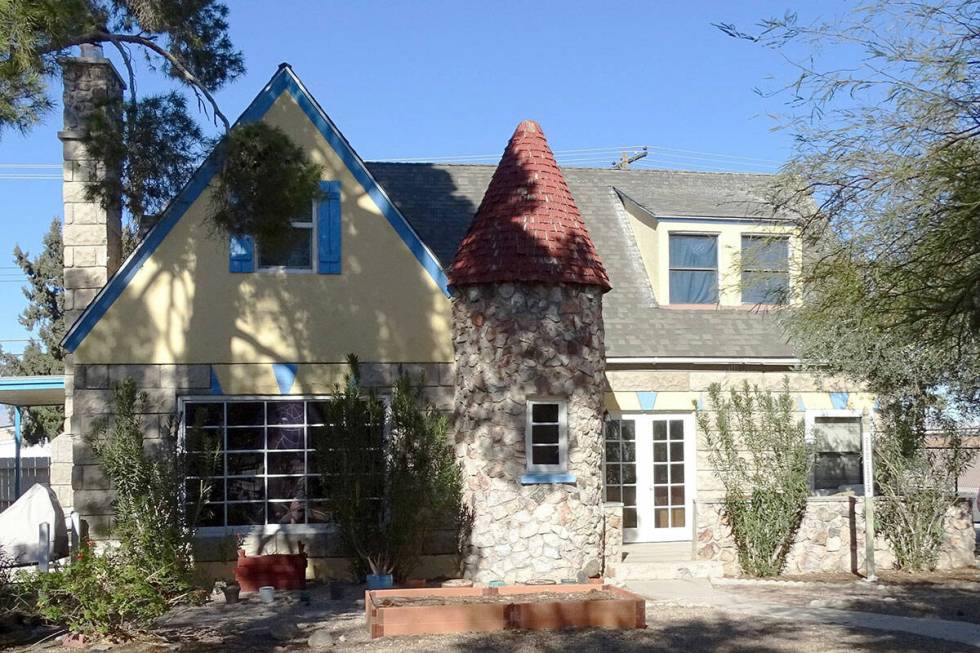
Christensen House
Constructed: 1938
Added to registry: 2024
Address: 500 W. Van Buren Ave.
This French Eclectic-style home once served as a social hub for middle-class African Americans in Las Vegas’ Westside.
The home was built by Leroy and Carrie Christensen with distinct features, including a cone-shaped roof and stone chimney.
It was one of the first permanent homes in the neighborhood and “embodies the way in which the newly emerging and economically empowered African American middle class worked to develop their own version of suburban homeownership amidst an era marked by widespread discrimination and residential segregation in other parts of the city,” the Nevada Department of Conservation and Natural Resources wrote.
The home is now owned by Las Vegas Catholic Worker, who works to assist the poor and focuses on social justice issues.
Contact Taylor Lane at tlane@reviewjournal.com.



